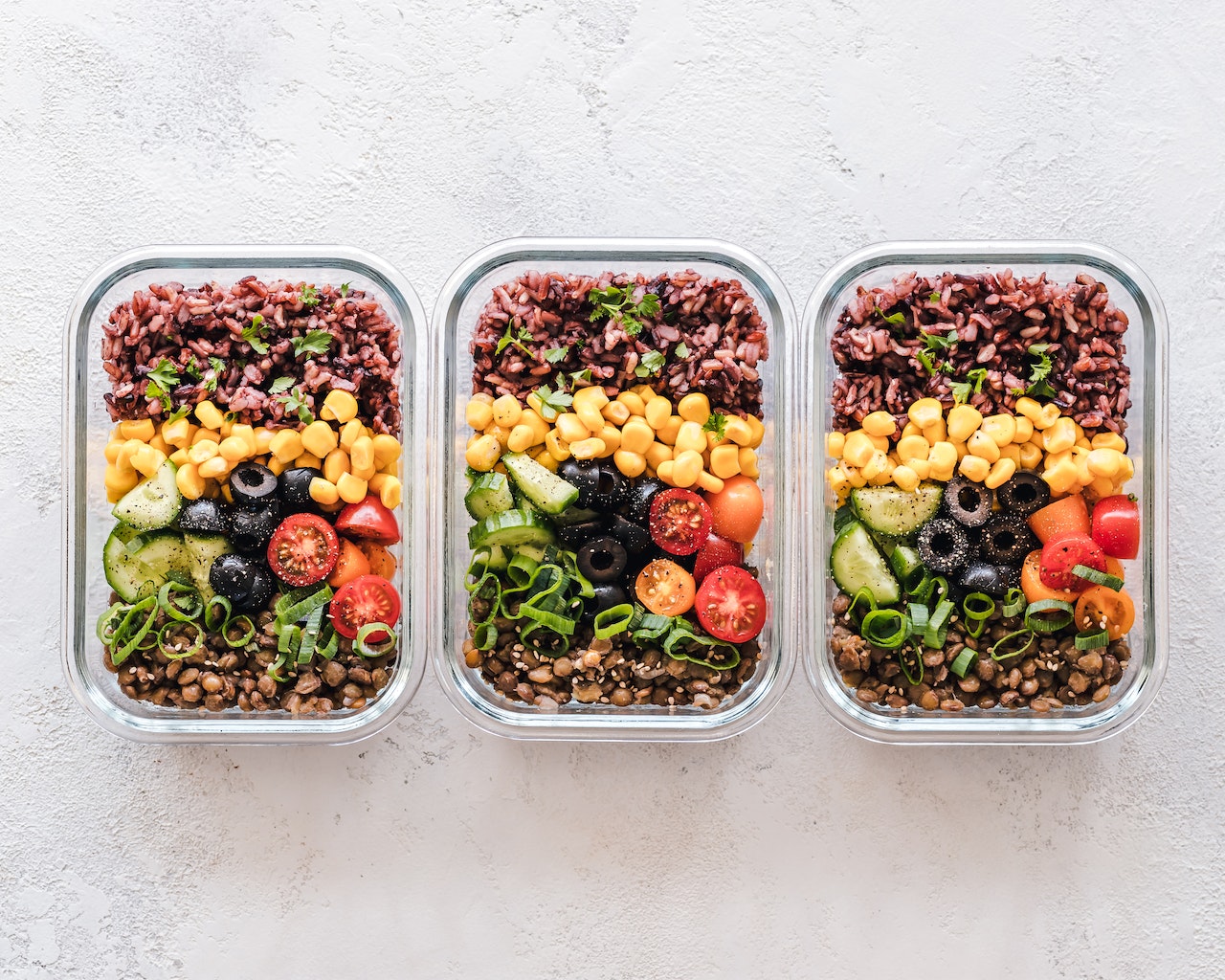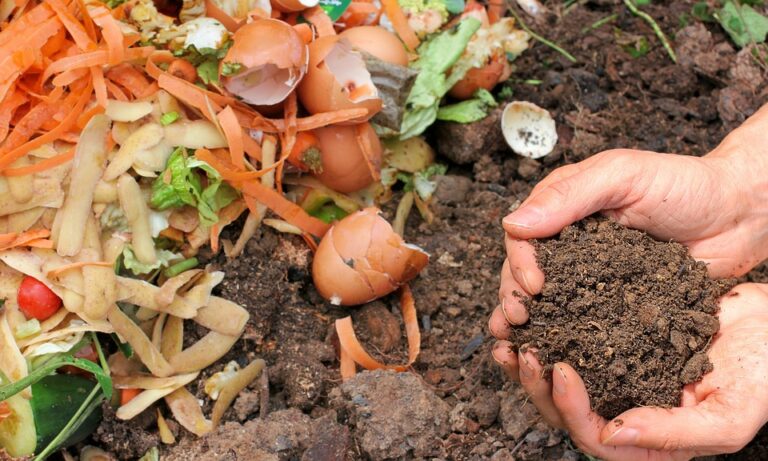5 Easy Ways to Practice Zero Waste Cooking at Home
Have you ever stopped to think about how much food waste is produced in your household? It’s estimated that the average American family throws away around 25% of the food they buy, much of which could have been avoided with proper planning and kitchen practices. That’s where the concept of zero waste cooking comes in. Embracing this approach to cooking not only helps reduce food waste but also leads to healthier and more sustainable eating habits.
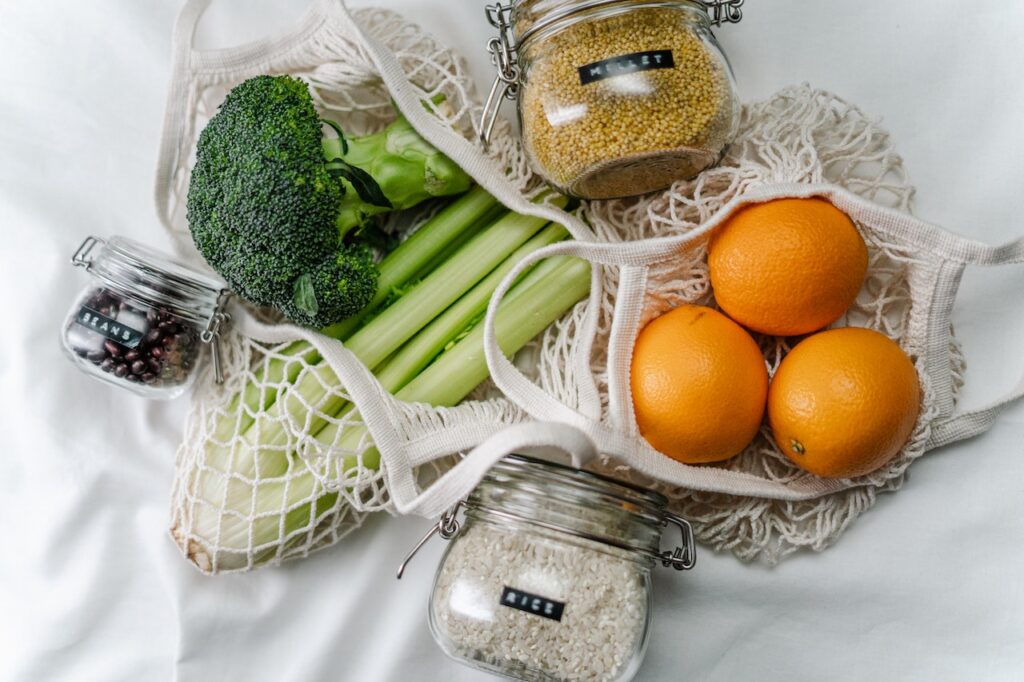
The Zero Waste Movement
The zero waste movement aims to eliminate waste and pollution by promoting responsible production, consumption, and recovery of resources. Its goal is to create a closed-loop system where products and materials are reused and recycled, without any harmful discharges to the environment. The movement encourages a shift towards sustainable practices that consider the entire lifecycle of a product, from resource extraction to disposal.
The History of Indigenous Recycling
The Indigenous caretakers of the earth were pioneers in recycling food scraps long before the concept of zero waste came into existence. As early as 1519, the city of Mexico-Tenochtitlán recycled food scraps and human waste as fertilizer for their crops. They even had a network of public latrines to collect and sell human excrement. This resource-efficient culture and productive use of wastes allowed the Aztecs to maintain a clean and sustainable city. The learnings from their waste management system can serve as inspiration for contemporary societies striving for zero
5 Zero Waste Cooking Techniques
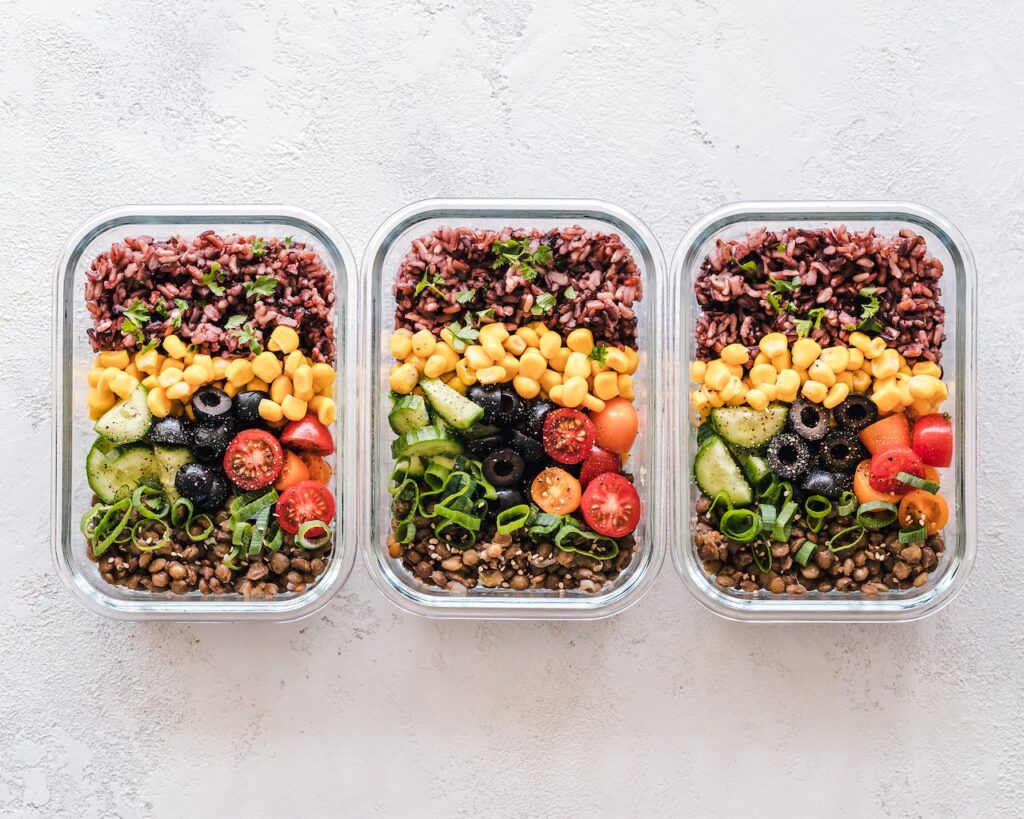
1. Cooking Smaller Portions to Prevent Food Waste
By preparing meals in smaller quantities, we can avoid having leftovers that may go to waste. This approach encourages us to be more mindful of our portion sizes and to only cook what we need. It not only helps to reduce food spoilage but also minimizes packaging waste and saves money.
2. Reusing Food Scraps in Other Recipes
Instead of throwing out produce tops, stems, and peels, we can transform them into delicious meals and snacks. Carrot tops can be dried and used as herbs, while citrus peels can add flavor to dishes. Even wilting vegetables can be shredded and used in quick breads or soups. By getting creative with food scraps, we not only reduce waste but also save money and create more nutrient-dense meals.
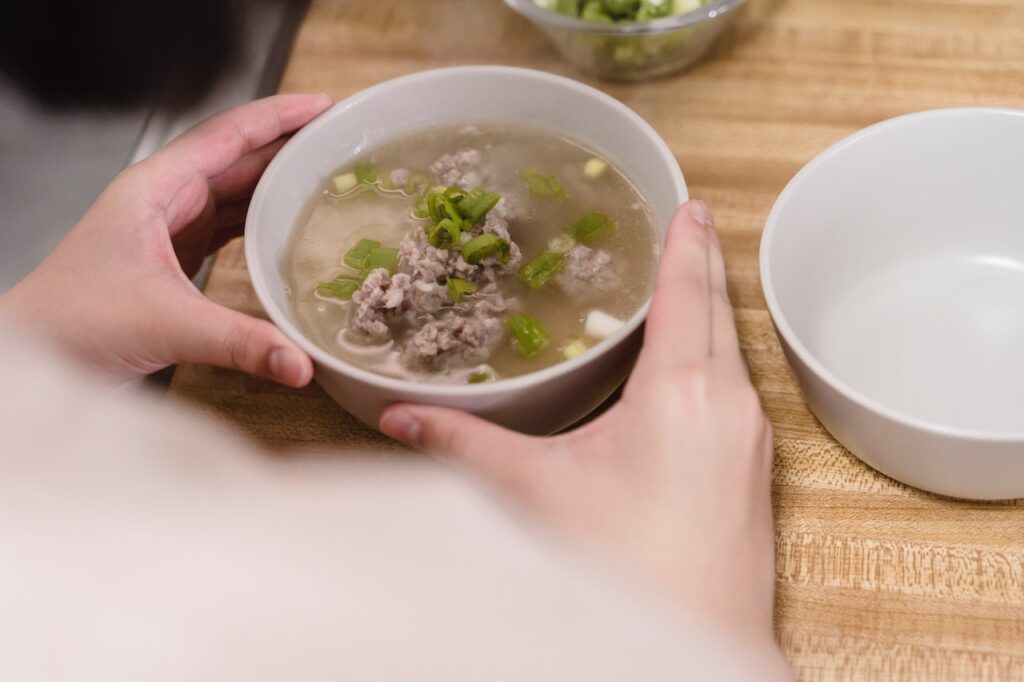
3. Using Food Scraps for Stock
Instead of throwing away vegetable peels and scraps, save them in a container and freeze them until you have enough to make a flavorful broth. Simply simmer the scraps in water for about half an hour, strain the liquid, and pour it into jars. This homemade broth is not only healthier than store-bought options, but it also helps to reduce food waste.
Using stock as a base for various dishes offers numerous benefits in zero waste cooking. Stock adds depth of flavor and richness to soups, stews, and sauces, enhancing the overall taste of the dish. It also helps to reduce food waste, as it allows you to use leftover meat bones and vegetable scraps to create a flavorful broth. In addition, stock can be frozen and used later, further minimizing food waste and saving both time and money in the kitchen.
4. Turning Kitchen Waste into Compost
Composting is a natural and sustainable method of disposing of food scraps by allowing them to decompose and become nutrient-rich soil. By composting, we can reduce the amount of waste that goes to landfills and create valuable fertilizer for our gardens. There are now several convenient ways to start composting at home.
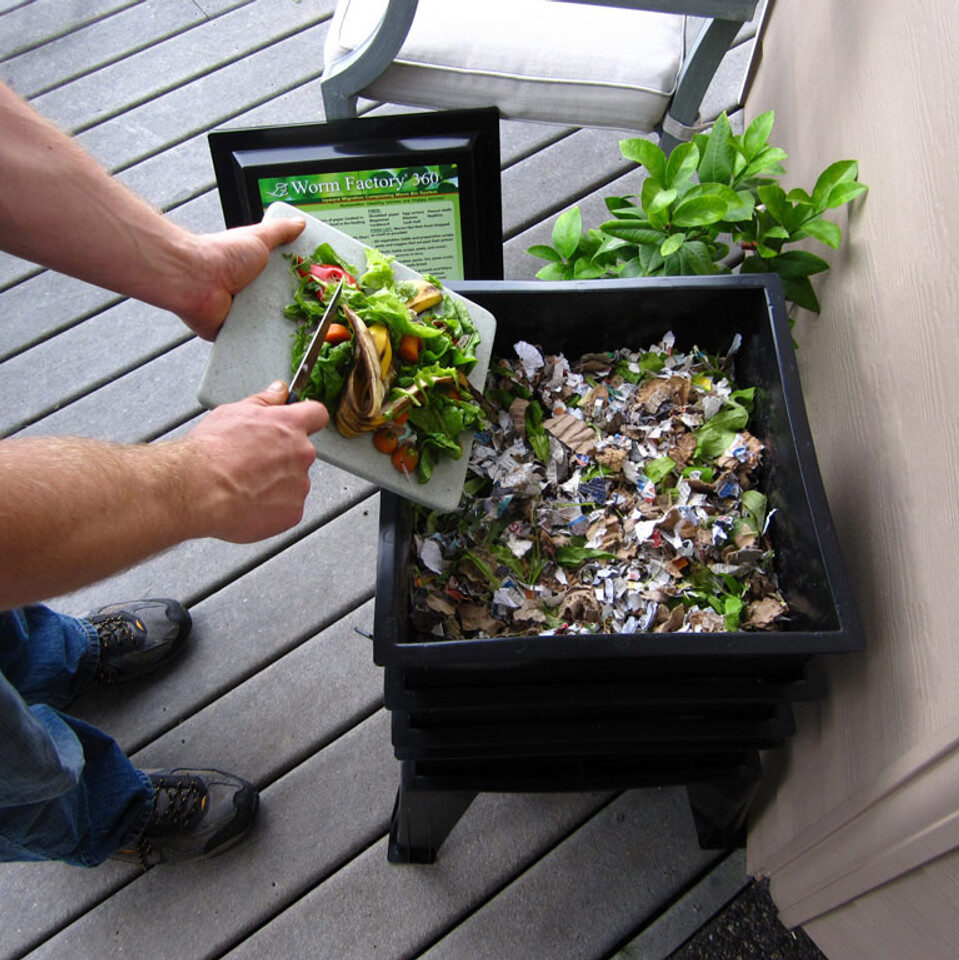
Worm Factory 360
Speed up your home composting with the help of specialized earthworms! Vermicomposting is easy, efficient and odorless. It also doesn’t take up too much space and is perfect for all types of homes – be it a mansion or an apartment.
5. Practicing Food Preservation Techniques
There are various methods that can be employed to preserve food for a longer shelf life. These methods include canning, dehydrating, making preserves (such as jams, jellies, pickles, and chutneys), fermenting, and freezing. Each method has its own benefits and can be used depending on the type of food and personal preference.
Fermentation is an easy and effective tactic to embrace. It’s a natural process that involves preserving food using bacteria and yeast. By fermenting vegetables or fruits, you can create delicious pickles, sauerkraut, kimchi, or even homemade yogurt. Not only does fermentation prevent food waste, but it also enhances the flavors and adds beneficial probiotics to your diet.
The Bottom Line
Embracing zero waste cooking practices is not only beneficial for the environment but also for your own well-being. By reducing food waste, you can save money and contribute to a healthier planet.
It may take some time to adapt to this lifestyle, but the benefits are worth it. Zero waste cooking can be fun, creative, and experimental. Start small by implementing simple techniques like repurposing leftovers and composting food scraps. With practice, you’ll find that zero waste cooking becomes a natural part of your daily routine.
From Garden to Table and Table to Garden
We have what you need to start growing your own food indoors or outdoors, as well as turning your food scraps into your own organic fertilizer.

